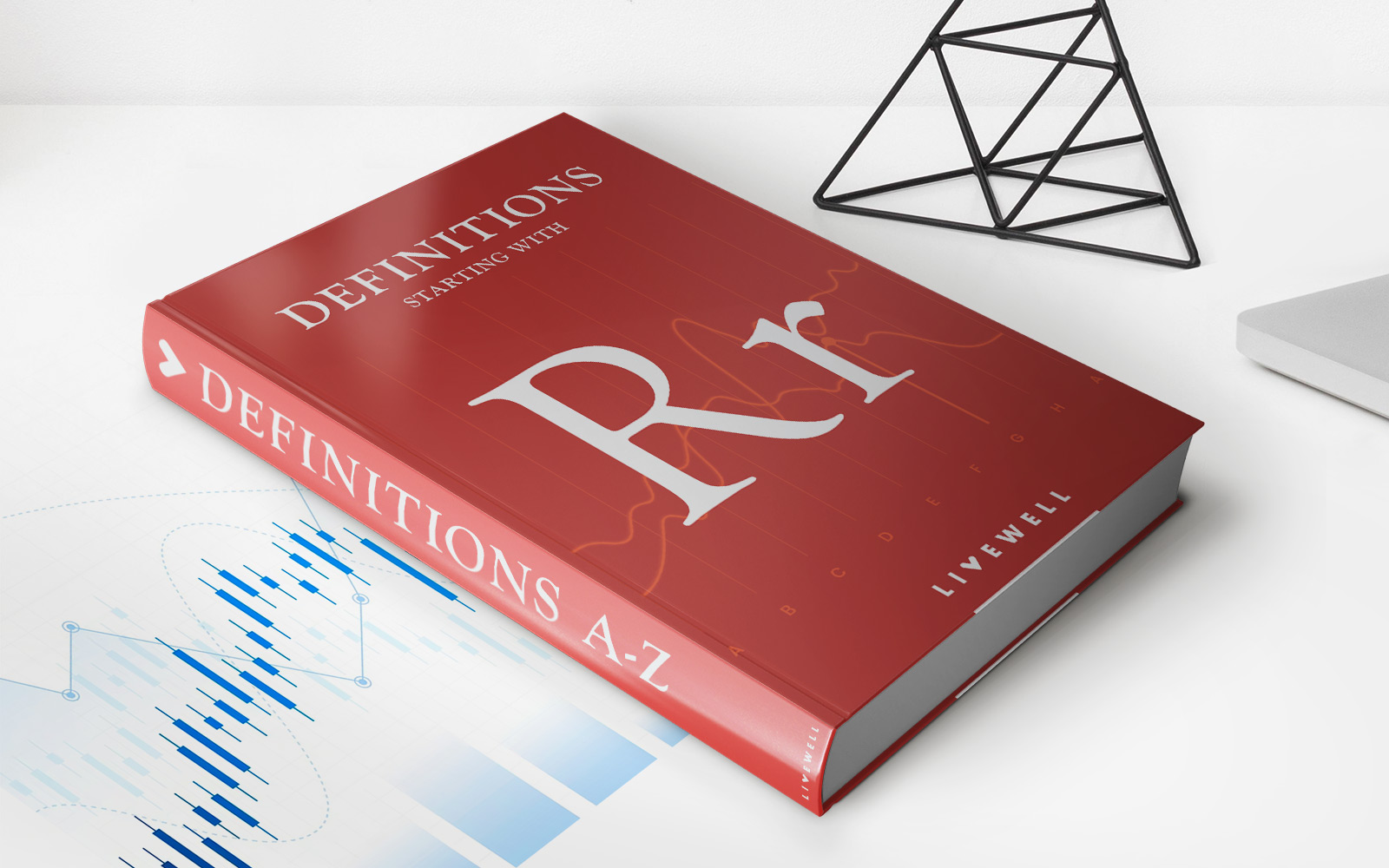Home>Finance>Zoning Ordinance: Definition, Types Of Regulations, Pros And Cons


Finance
Zoning Ordinance: Definition, Types Of Regulations, Pros And Cons
Published: February 20, 2024
Learn about zoning ordinances and their role in regulating land use and development. Discover the different types of regulations and the pros and cons of zoning. Get expert insights on the finance aspect of zoning.
(Many of the links in this article redirect to a specific reviewed product. Your purchase of these products through affiliate links helps to generate commission for LiveWell, at no extra cost. Learn more)
Zoning Ordinance: Definition, Types of Regulations, Pros and Cons
Welcome to the Finance category of our blog! In this post, we will be diving into the world of zoning ordinances and exploring their definition, types of regulations, as well as the pros and cons associated with them. Whether you are a real estate enthusiast or someone interested in urban planning, understanding zoning ordinances is essential in navigating the complexities of land use and development. So, let’s get started!
Key Takeaways:
- Zoning ordinances are regulations that dictate how land can be used and developed within a specific area.
- They help maintain and organize communities by separating incompatible land uses and balancing the needs of individuals and the collective community.
What is a Zoning Ordinance?
A zoning ordinance is a set of regulations and restrictions imposed by local government authorities to control land use and development within a specific jurisdiction. They establish various zones or districts, each with its own permitted uses, building standards, and requirements. The primary objective of zoning ordinances is to create order and balance in land use planning, ensuring that different land uses are compatible and aligned with the community’s goals.
Types of Zoning Regulations
Zoning regulations can vary between jurisdictions, but here are some common types you might encounter:
- Residential Zones: These zones are designated for housing purposes and often have restrictions on commercial or industrial activities.
- Commercial Zones: Commercial zones are intended for businesses, including retail stores, restaurants, and office spaces.
- Industrial Zones: Industrial zones accommodate manufacturing, warehousing, and other industrial activities.
- Mixed-Use Zones: These zones allow for a blend of residential, commercial, and sometimes even light industrial uses within the same area.
- Rural or Agricultural Zones: Rural or agricultural zones are typically reserved for farming, forestry, and other agricultural activities.
These are just a few examples, and there can be numerous other specialized zones based on the unique needs and characteristics of a community.
Pros and Cons of Zoning Ordinances
Now, let’s explore the advantages and disadvantages associated with zoning ordinances:
Pros:
- Order and Planning: Zoning ordinances provide structure and organization to land use planning, ensuring that incompatible uses are kept separate and minimizing conflicts.
- Community Development: They help shape communities by controlling the types of buildings and uses within a specific area, ensuring that development aligns with the community’s objectives.
- Property Values: Zoning regulations can help protect property values by preventing incompatible or undesirable developments from negatively impacting neighborhoods.
- Environmental Protection: Zoning ordinances often include environmental considerations, such as preserving green spaces, protecting natural resources, and promoting sustainable development practices.
Cons:
- Restricts Property Rights: Zoning ordinances can limit individuals’ freedom to use their property as they wish, especially when regulations are restrictive or overly rigid.
- Increased Costs: Compliance with zoning regulations may increase development costs due to additional requirements, design restrictions, and potential delays.
- Potential Inflexibility: Zoning ordinances can sometimes hinder innovative urban planning and development approaches, restricting creativity and adaptability.
- Potential for Exclusion: In some instances, zoning regulations may unintentionally contribute to social and economic segregation by restricting certain uses or affordable housing options.
It’s important to note that the pros and cons of zoning ordinances can vary depending on the specific context and the way regulations are implemented. Finding the right balance between regulation and individual property rights is crucial for creating sustainable and vibrant communities.
In conclusion, zoning ordinances play a vital role in shaping our cities and communities. By establishing clear rules and guidelines for land use and development, they help maintain order, promote community development, and protect property values. However, they must also be implemented thoughtfully to ensure flexibility, adaptability, and social inclusivity. Understanding the types of zoning regulations and their pros and cons is essential for all those involved in the planning and development process. We hope this article has provided you with valuable insights into the world of zoning ordinances and their implications.














